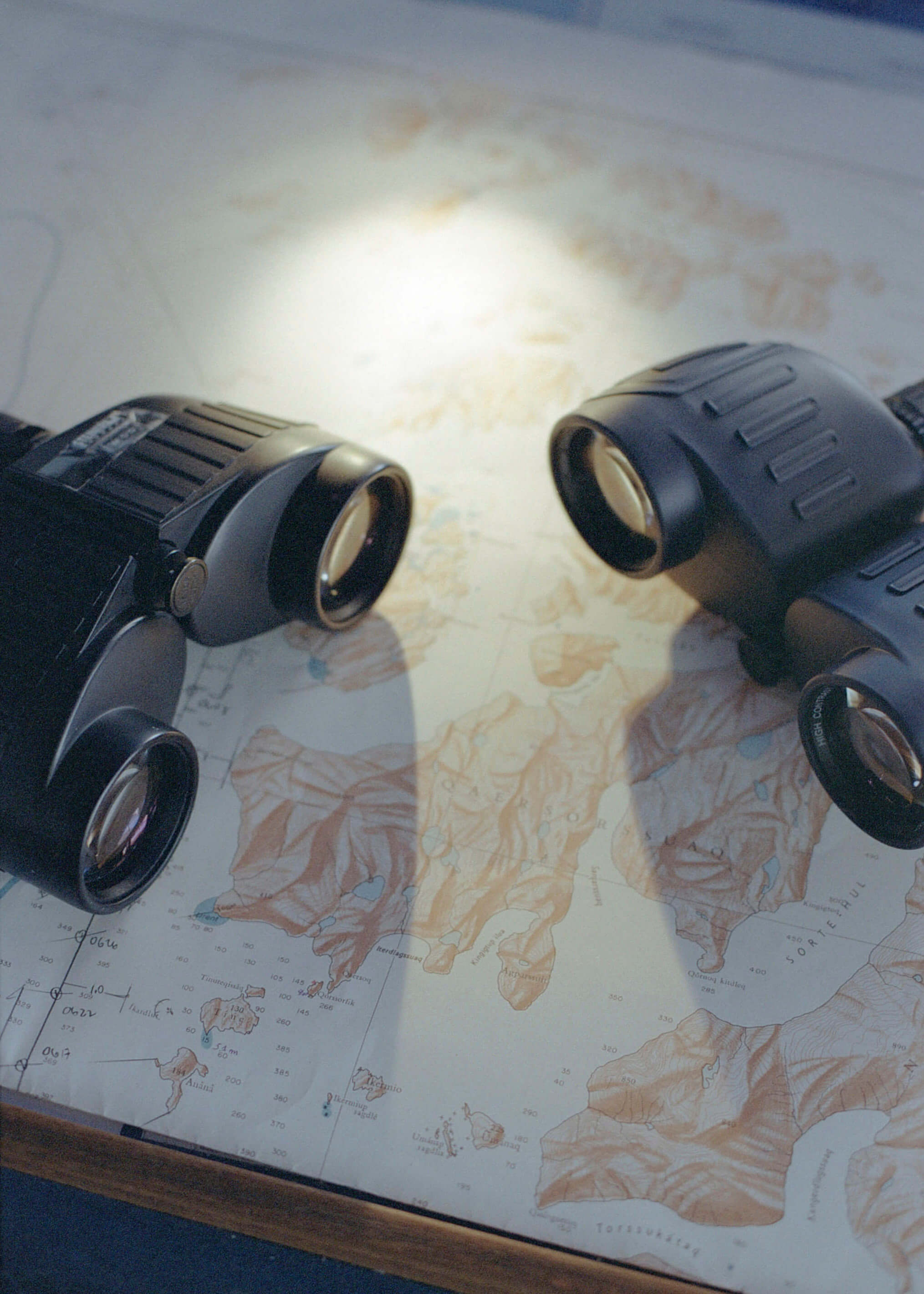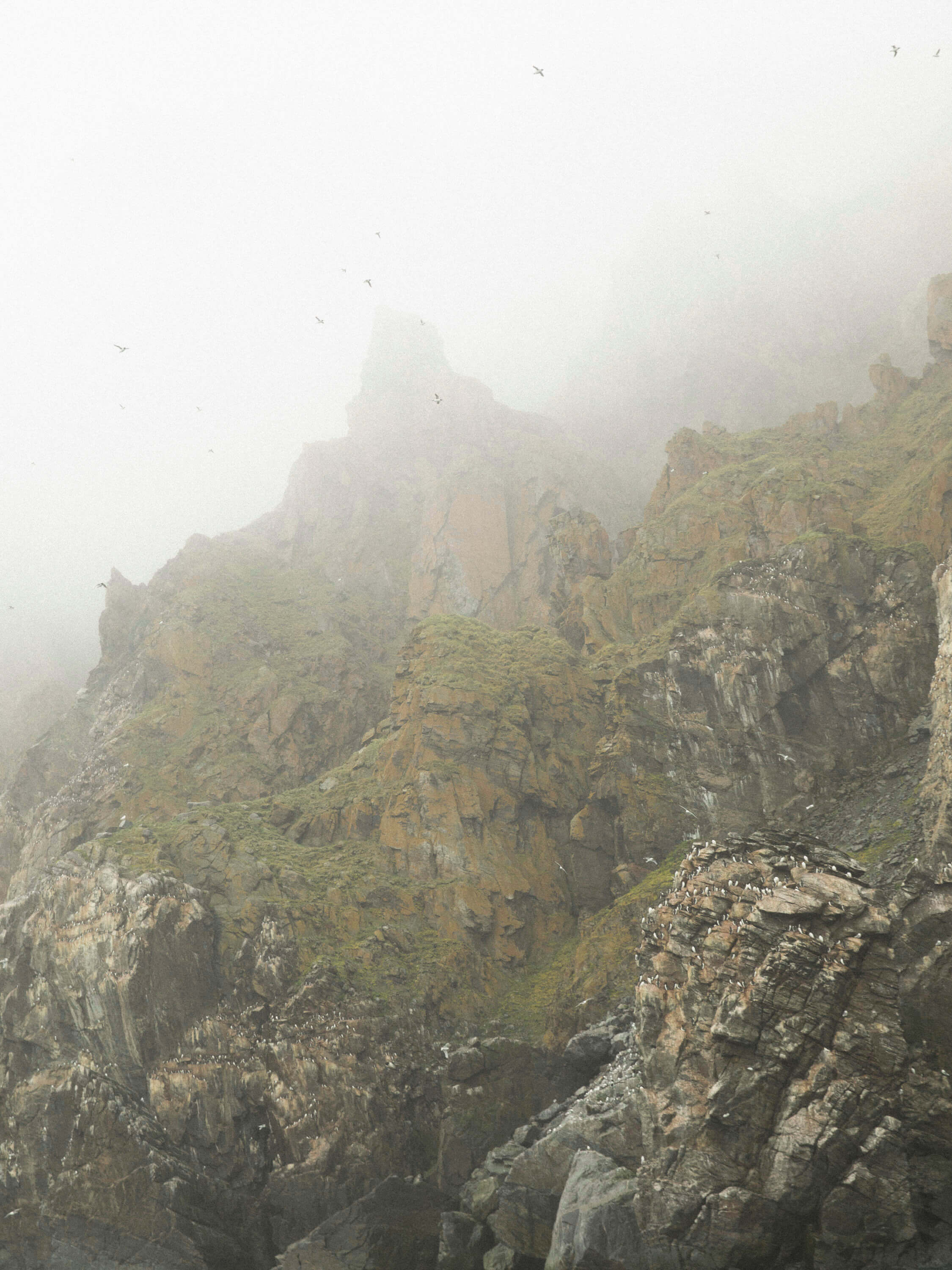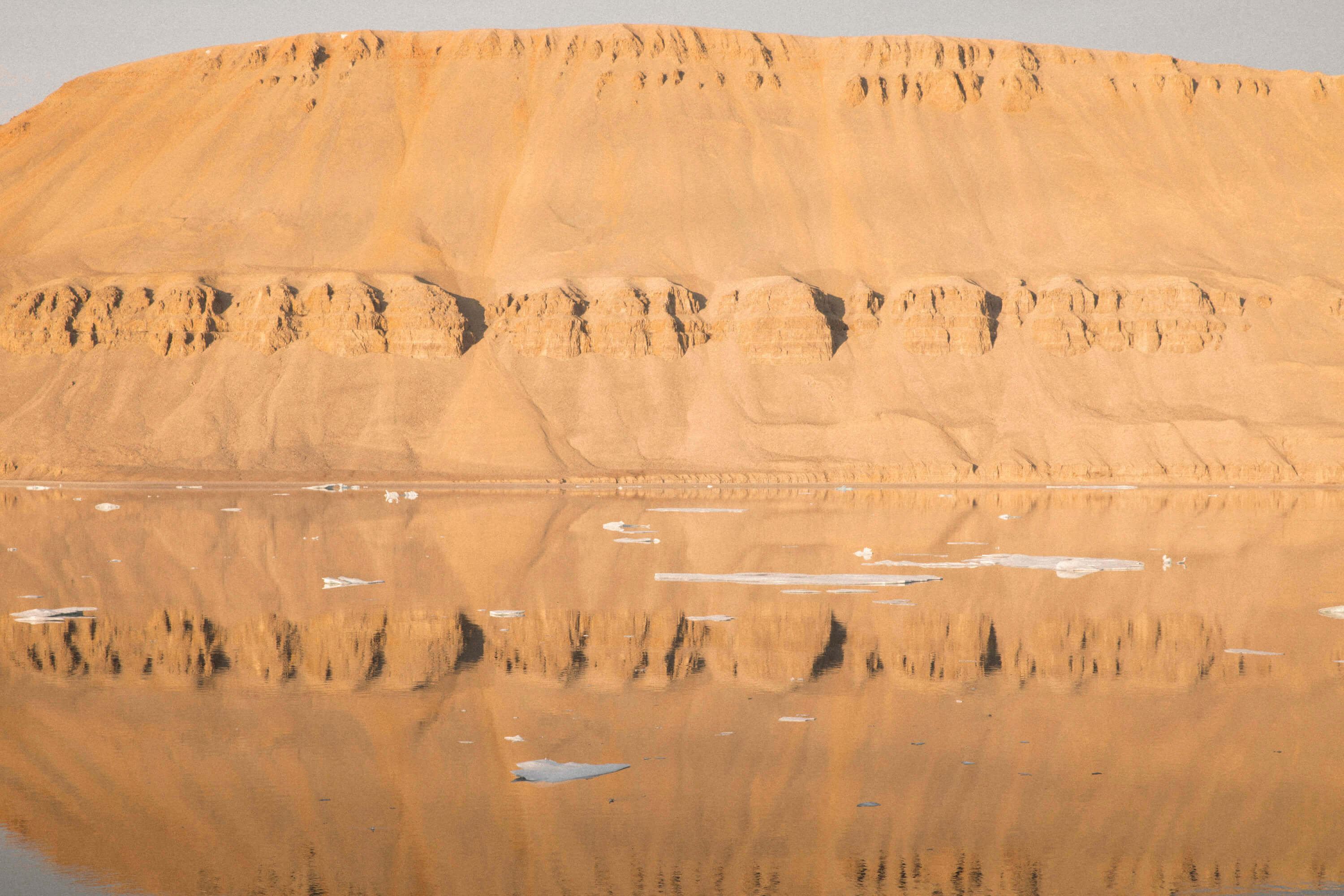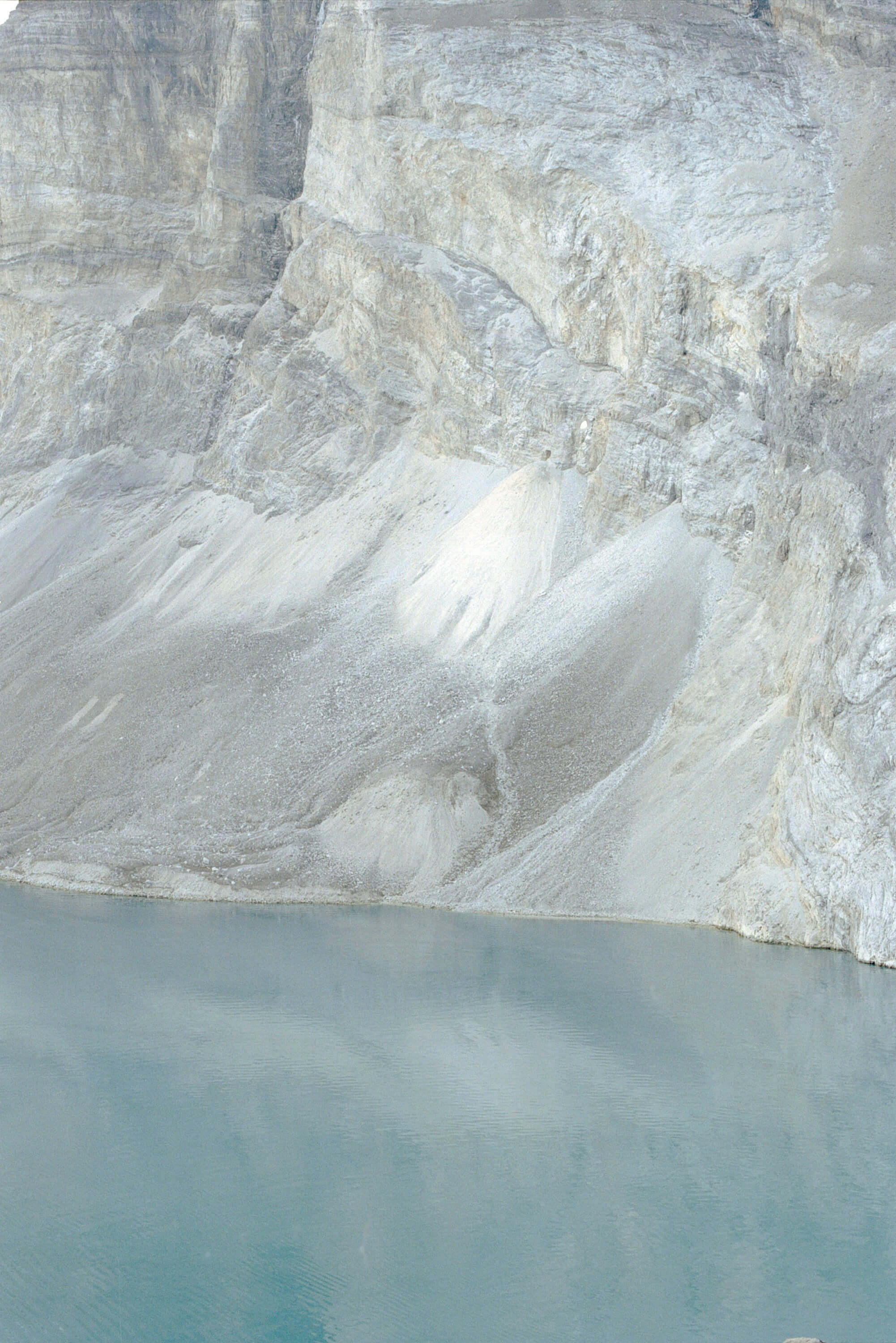Peter Wadhams is the UK’s most experienced sea ice scientist. He was Director of the Scott Polar Institute in Cambridge and Professor of Ocean Physics at the University of Cambridge. He has made more than 50 expeditions to both polar regions, working from ice camps, icebreakers, aircraft, and, uniquely, Royal Navy submarines, making six submerged voyages to the North Pole. Peter Wadhams has been awarded the W.S. Bruce Prize of the Royal Society of Edinburgh, the UK Polar Medal and the Italgas Prize for Environmental Sciences. He is also a Fellow of the Royal Geographical Society and a Member of the Finnish Academy.

After winding her way round the world in a sail boat, Signe, the main character in Blå [Blue] (Natur & Kultur, 2017) by Maja Lunde, returns to the western coast of Norway, where the river meets the fjord. Here, she revisits the Blåfonna, the glacier that she so loved as a child. “All glaciers melt, I know that. All the same, it was different to see it with my own eyes. I stopped, breathed, just breathed, the ice was still there, but not where it’d always been”. The glacier had moved, retreating to the side of the valley, as if it was trying to “run away from the humans”.
Those people who ignored a problem which has now undeniably got to the point of no return. It’s not me saying that, but Peter Wadhams, 70-year-old professor of Ocean Physics at Cambridge University, author of Farewell to Ice: A Report from the Arctic (Allen Lane, 2016), one of the most important glacier researchers in the world, a scholar who had realized that the Arctic ice was melting a long time before the satellite images said so. Wadhams went to the Arctic in 1969 during a round-the-world expedition which marked the start of his future passion for glaciers. When he returned to the same place 11 years later, he noticed that the glacier had shrunk by 15%. Wadhams, who published a famous article raising the alarm in Nature in 1990, today knows that we need to act fast to avoid a climatic catastrophe.

Moreover, they are scenarios that have already become literature or perhaps I should say “climate fiction”: the novel by Maja Lunde is one of the best examples of these stories of climate migrants and dystopias which, in all truth, are quite plausible.
But, back to us: almost thirty years after Wadhams’s discoveries, we know that the Arctic no longer works as a temperature control and that, despite Donald Trump’s conviction that it’s all a plot by the Chinese, the temperature is going up by three degrees every year.
While last summer whole areas of the planet experienced extreme weather conditions – fires, floods, drought – the most famous glaciologist in the world assures us that within five years the Arctic will be ice-free during the summer, until September. “Within two decades,” Wadhams told Cartography, “the Arctic will mainly be open ocean. There’ll be no trace of the sea ice, the water temperatures will have increased, there’ll be changes in the animal life – fish will take the place of polar bears and seals – and finally the lands surrounding the Arctic will heat up and lose their layer of permafrost.”

The new climate report published last October by the United Nations’ Intergovernmental Panel on Climate Change (IPCC), based on thousands of scientific research projects, says that there is no time to lose against global warming and that the next 12 years will be crucial to preventing the average global temperature from increasing by more than 1.5°C. That is considered an acceptable safety threshold for the effects to be limited and manageable, reducing the risks that an increase of up to 2°C would involve. Wadhams is more pessimistic, however: “I think we can only achieve a 1.5°C limit by enormous investment in Direct Air Capture (DAC), i.e. taking CO2 out of the atmosphere by chemical and mechanical means.
There is no way that we can achieve this limit by reducing emissions, as the CO2 level is already high enough to push us beyond that limit. The IPCC report admits that we will probably need to do either DAC or geoengineering, but does not dare to admit what a huge magnitude the effort will be. The report also neglects or plays down several feedback effects (on methane emissions from the seabed; sea level rise due to melting ice sheets; and changes in ocean circulation, among others), each of which may have the possibility of radically pushing up the rate of warming.”

Today, seen from space, the northernmost part of the world has become blue instead of white: where once was a sheet of ice there’s an ocean. One of the most beautiful books on the Great North, Arctic Dreams by Barry Lopez, which I’ve just reread, almost sounds like a lament to a polar landscape that at this point has hardly any time left: “There are no shadows. Space has no depth. There is no horizon”, wrote the great American nature writer in 1986.
The history of the glaciers and their relationship with humankind has never been simple, which might also be because of the distance and hostility of these places. The first man to study glaciers was an English whale hunter, Sir William Scoresby Jr (1789-1857), who was given little consideration by the establishment. “In the nineteenth century,” continues Wadhams, “Scoresby made his fundamental research on the Arctic ice and the ocean during his voyages as a whale hunter but he was never given an official expedition. These were conducted by naval officers with dubious capabilities, which led to disasters and tragedies on no few occasions.” Besides, governments can’t be said to behave sensibly even now: “The main reason that the Paris Agreement failed is the foolish and selfish behaviour of the United States’ president in withdrawing from a pact drawn up by his predecessor.
This is part of the much bigger ‘tragedy of the commons’, where no one is prepared to do something for the common good and the whole planet is going to the dogs. Fracking is simply a quick-fix way of obtaining as much fuel as possible at a lower cost, at the price of doing enormous damage to the water resources. And all it’ll do is extend the era of low-cost diesel by a few years. The superpowers should have acted together to deal with the Arctic. Instead, we’ve got Russia building icebreakers for military ends and various other nations claiming rights to the land underneath the Arctic Ocean. The boundaries of the Arctic have been defined by the United Nations, but Russia is still trying to win one over.”
Mr Wadhams doesn’t make any concessions, even though years of living with the harshness of the glaciers have made him a very mild and kind man: “The climate changes are not only a real catastrophe for humankind, they’re also wearing down the Earth’s very spirit.”